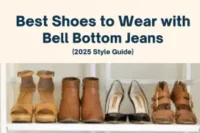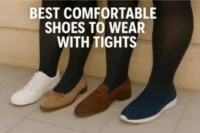Best Sneakers for Long Walking
Published: 18 Jul 2025
Introduction
Walking seems simple—until the wrong sneakers leave you with sore feet, aching arches, or tight calves. If you’re someone who walks a lot—whether for travel, work, or exercise—the best sneakers for long walking can make every step easier. They offer real comfort, support your stride, and help prevent pain.In this guide, we’ll help you find comfortable walking shoes that feel like they were made for your feet — no more guesswork, just real support for wherever life takes you.
1. Why the Right Walking Shoe Matters (According to Experts)
Walking might feel easy, but doing it for long stretches can take a real toll on your body—especially if your shoes aren’t right. According to foot experts, every time your heel hits the ground, it sends shock through your feet and up to your knees, hips, and lower back.
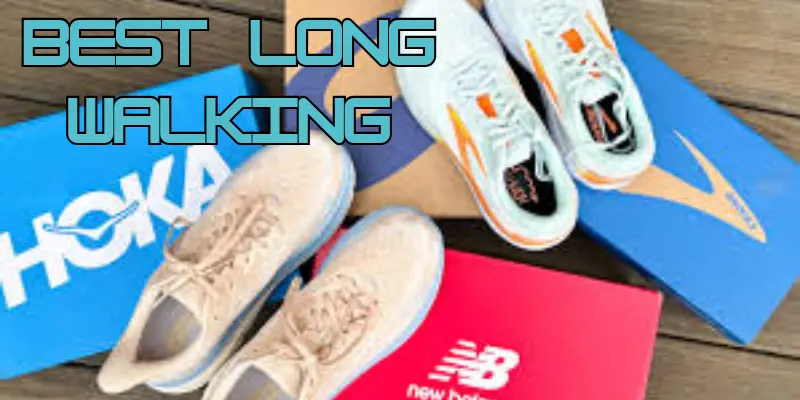
Without enough cushioning or arch support, your feet get tired faster. This can cause your arches to drop, your posture to shift, and pain to show up in places you wouldn’t expect—like your lower back or knees.
That’s why wearing the best sneakers for long walking matters. They don’t just make walking more comfortable—they help prevent long-term pain.
| ✅ Pros of Wearing the Right Walking Shoes |
|---|
|
| ❌ Cons of Wearing the Wrong Shoes |
|---|
|
2. Key Sneaker Features for Long Walks
If you’re planning to walk for miles, not just minutes, the shoes you wear can make or break the experience. The best sneakers for long walking share a few key features that help your feet stay comfortable, supported, and pain-free—step after step.
Here’s what experts and podiatrists say you should always look for:
✅ What to Look for in a Good Walking Shoe
- Cushioning
Soft padding under your heel and forefoot absorbs shock and helps reduce pressure on your joints. Foam or gel materials work best for long distances. - Supportive Arch
Whether you have flat feet or high arches, good arch support keeps your foot aligned and prevents pain over time. - Roomy Toe Box
Your toes need space to move, especially during long walks. A wider toe box helps prevent blisters, bunions, and cramping. - Durable Outsole
Look for strong rubber or EVA outsoles that grip well and won’t wear down quickly—even if you walk on concrete all day. - Stack Height
This is how thick the sole is. More thickness usually means more cushion, which helps with comfort over long distances. - Heel Stability
A stable heel area keeps your foot from rolling inward or outward, which helps prevent knee and back pain. - Breathable Materials
Mesh or knit uppers let your feet breathe, keeping them cooler and dryer during long walks.
👟 What Podiatrists Recommend
Foot experts say the most common walking problems—like foot fatigue, heel pain, and arch strain—often come from wearing unsupportive shoes. They recommend sneakers with:
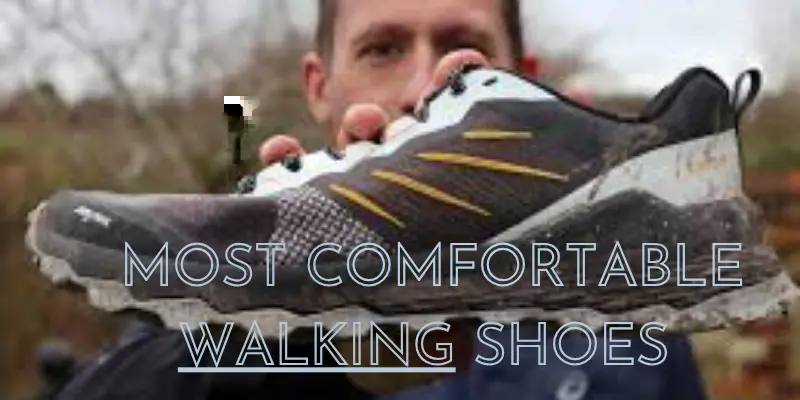
- Firm but flexible soles
- Structured arch support
- Shock-absorbing cushioning
- Proper fit (not too tight, not too loose)
In short: the most comfortable walking shoes should feel great right away—and still feel good after 10,000 steps.
3. The Science Behind Shoe Fit: Are You Wearing the Right Size?
Wearing the wrong size sneaker is more common than you’d think—and it can quietly ruin your walking experience. If your shoes are too small, too tight, or shaped wrong for your foot, you’re more likely to deal with pain, blisters, and fatigue. That’s why fit matters just as much as cushioning or support.
👟 How Fit Is Measured: Brannock Device vs. Guessing
You’ve probably seen the silver tool in shoe stores—the Brannock device. It measures your exact foot length and width, which helps you find the right size. But most of us skip this and just go with the size we “usually wear,” which isn’t always right—especially when feet swell during long walks.
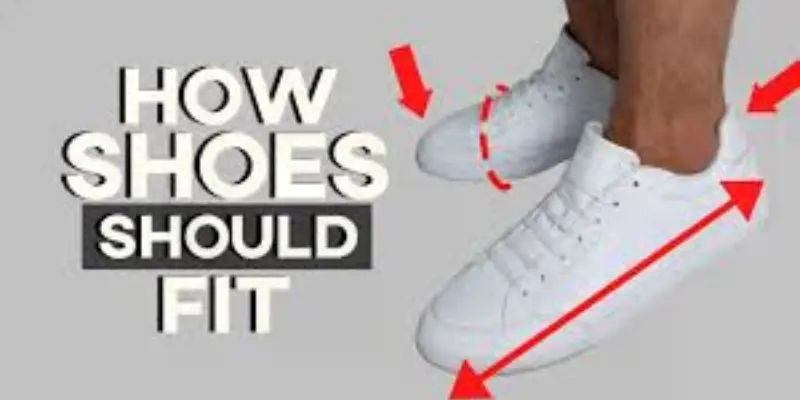
📐 Fit Isn’t Just About Size
- Length: You need about a thumb’s width of space in front of your toes so they don’t hit the front of the shoe when walking.
- Width: If the sides of your foot feel squeezed, it’s too narrow—even if the length feels fine.
- Volume: This is how much space your foot needs from top to bottom. Some feet need more room across the top (instep), especially if swollen.
❌ Stop Believing in the “Break-In” Period
Many people think new shoes just need time to stretch or soften. That’s a myth. The best sneakers for long walking should feel good right out of the box. If they don’t, they’re not the right fit—and they probably never will be.
Getting the right size means fewer problems, more comfort, and longer-lasting shoes.
4. Categories of Long-Walk Sneakers
Not all walking shoes are made for the same purpose. Some are perfect for everyday errands, while others are built for long-distance walks, rough trails, or jobs that keep you on your feet for hours. To find the best sneakers for long walking, it helps to know what kind you actually need.
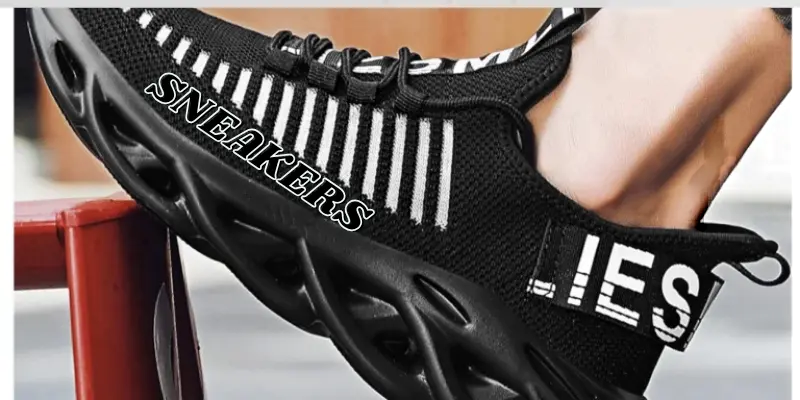
Here are four common types:
1. Everyday City Walkers
These are your go-to sneakers for daily use. They’re comfortable, lightweight, and easy to wear all day.
- Great for walking around town, shopping, or commuting
- Often more stylish, so you can wear them with casual clothes
- May not have heavy-duty cushioning, but still supportive
Perfect for: city life, school runs, short daily walks
2. High-Performance Road Sneakers
These shoes are made for serious walkers. They offer more support, cushion, and durability.
- Built to handle long walks on pavement or sidewalks
- Often have extra heel and arch support
- Made with breathable materials to keep your feet cool
Perfect for: walking workouts, long daily walks, or hitting step goals
3. Trail-to-Town Hybrids
These sneakers are great if you like walking on both streets and nature paths. They’re a mix of trail and city shoes.
- Strong grip for dirt, gravel, or uneven ground
- Water-resistant or tougher materials
- Still look nice enough to wear in public
Perfect for: weekend hikes, outdoor parks, or mixed terrain
4. Work and Travel Shoes
These are built for people who walk or stand all day—and still want comfort and style.
- Lots of cushion for long hours on your feet
- Often easy to slip on and off
- Designed to be worn in many situations, from airports to work shifts
Perfect for: travel, nurses, teachers, retail workers, and anyone constantly moving
Choosing the right type helps you find the most comfortable walking shoes for your lifestyle—so your feet stay happy, no matter how far you go.
5. Best Sneakers for Long Walking – 2025 Picks
With so many walking shoes out there, finding the right pair can feel overwhelming. To make it easier, we’ve picked five of the best sneakers for long walking in 2025, based on comfort, support, real-world testing, and what people actually wear for long days on their feet.
⭐ Best Overall: Hoka Bondi 8
If you’re looking for cloud-like comfort that lasts all day, this is the one. The Hoka Bondi 8 has thick cushioning, great arch support, and a wide fit that works well for most foot shapes. It’s the go-to choice for people who walk long distances daily—whether it’s for fitness, work, or travel.
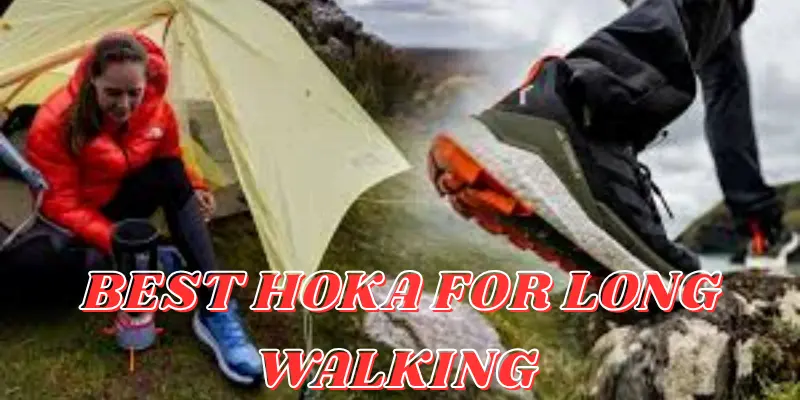
Why it’s great:
- Soft but supportive
- Handles concrete, roads, and trails
- Great for all-day wear
Perfect for: Anyone needing maximum comfort over long distances
👟 Best for Women: New Balance 880v13
This sneaker offers a smooth, cushioned ride with just the right amount of support. It’s lightweight, breathable, and comes in multiple widths. Women love it for everything from dog walks to city travel.
Why it works:
- Comfortable fit for many foot types
- Breathable mesh upper
- Looks great with casual outfits
Perfect for: Women who walk daily or travel often
👞 Best for Men: Brooks Addiction Walker 2
Built for all-day walking, the Brooks Addiction Walker 2 is a solid choice for men needing strong support. It’s especially good for people with flat feet or foot pain like plantar fasciitis.
Why men like it:
- Excellent arch and heel support
- Slip-resistant sole for safety
- Leather upper adds durability
Perfect for: Men on their feet all day for work or walking for exercise
🥿 Best Slip-On: Skechers GO WALK 6
Need something easy to slip on and still super comfy? The Skechers GO WALK 6 offers great cushioning with a stretchy, breathable upper. No laces, no hassle—just walk and go.
Why it’s a favorite:
- Very lightweight
- Easy to put on and take off
- Ideal for airports, errands, and casual walks
Perfect for: Busy mornings, travel days, or people who hate tying laces
🌍 Best Eco-Conscious Choice: Allbirds Tree Runners
Want to go green without giving up comfort? Allbirds Tree Runners are made from eco-friendly materials like eucalyptus fiber and sugarcane foam. They’re soft, flexible, and stylish enough for everyday wear.
Why they stand out:
- Sustainable and lightweight
- Naturally breathable
- Minimalist design
Perfect for: Eco-conscious walkers and casual everyday use
6. Pro Tips from Long Walkers, Tour Guides, and Nurses
(What People Who Walk All Day Know That Most Don’t)
People who walk 15,000 to 20,000 steps a day—nurses, tour guides, delivery workers—learn quickly what works and what doesn’t. Here’s what they say about finding and using the best sneakers for long walking, based on real-life experience, not marketing claims.

👣 1. “If It’s Not Comfortable Right Away, Don’t Buy It.”
Many beginners make the mistake of buying shoes that “might break in later.” Long walkers say: don’t wait. A good walking shoe should feel supportive and comfortable the moment you put it on—no pain, no tight spots, no hoping it gets better.
🔄 2. Rotate Your Shoes to Make Them Last Longer
Wearing the same pair every day wears them out fast. People who walk all day often keep 2 or 3 pairs in rotation. This helps:
- Let shoes dry out fully
- Keep cushioning from flattening too soon
- Give your feet a break by switching support styles
Pro tip: Use different shoes for different activities—one for work, one for walking workouts, one for casual use.
⚠️ 3. Avoid These Common Shopping Mistakes
Even experienced walkers mess up sometimes. Here are beginner mistakes to avoid:
- Buying based on style only: Just because they look cool doesn’t mean they’ll support you.
- Not checking the width: Tight toe boxes cause blisters, numbness, or foot fatigue.
- Skipping proper size checks: Your size can change, especially if you walk a lot or your feet swell.
- Wearing worn-out shoes: Even the most comfortable walking shoes lose support after 400–500 miles.
If you’re serious about comfort, don’t just rely on product descriptions. Listen to the people who are really putting shoes to the test every day. Their advice can save you money, pain, and time.
7. Are Walking Shoes Worth the Investment?
Walking shoes might seem expensive—especially when some pairs cost over $100. But if you walk a lot, good sneakers are one of the smartest things you can spend money on. They protect your feet, support your body, and last longer than cheaper options.
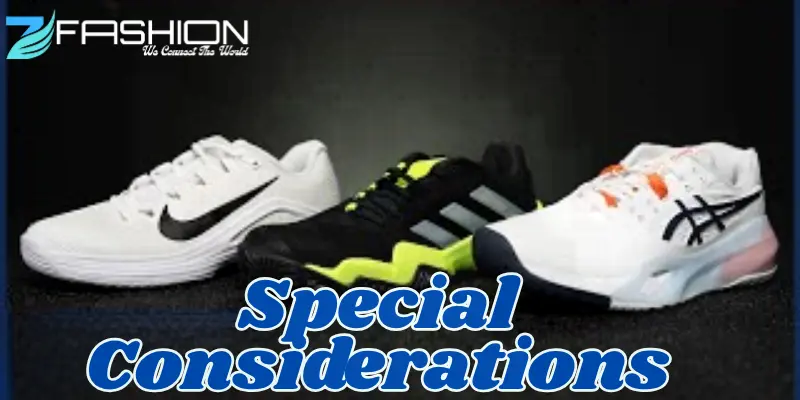
💰 Price vs Performance: What Are You Really Paying For?
- Cheaper shoes may feel okay at first, but they usually wear out fast. The support flattens, the soles get slippery, and your feet start to hurt.
- Quality walking shoes use better materials that hold up over time. They have real cushioning, arch support, and stronger soles that can handle long walks day after day.
You’re not just buying a brand—you’re buying comfort, support, and less pain.
🧠 When to Splurge—and When You Don’t Need To
Spend more if you:
- Walk long distances every day (10,000+ steps)
- Stand or walk for work (nurses, teachers, retail, etc.)
- Have foot pain, flat feet, or plantar fasciitis
Save money if you:
- Only walk short distances
- Want a backup pair for errands or travel
- Need something simple and lightweight
⌛ How Long Do Good Walking Shoes Last?
Even the best sneakers for long walking don’t last forever. Most walking shoes last around 300 to 500 miles, which equals about 4 to 6 months if you walk regularly. After that, the cushion and support break down—even if the shoes still look fine.
Worn-out shoes can lead to foot, knee, or back pain, so it’s important to replace them when needed.
8. Alternatives & Special Considerations
Walking shoes are great—but they’re not your only option. Depending on where and how you walk, other types of footwear might suit you just as well (or even better). Let’s break down some common alternatives and special features that might work for your lifestyle.
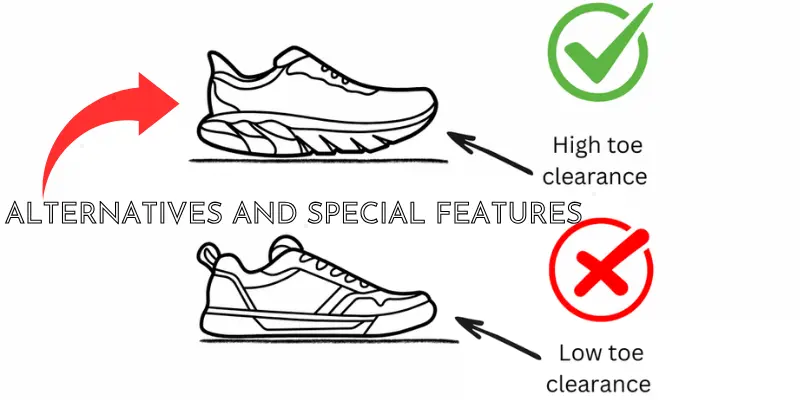
🏃 Can You Use Running Shoes for Walking?
Yes! Many people wear running shoes for walking, and they work well—especially on roads or sidewalks. Running shoes often have great cushioning, soft insoles, and breathable uppers.
The difference? Some running shoes are built for speed, so they might feel extra bouncy or flexible. For long walks, go for models with more support and a stable heel. That way, your feet won’t tire out too quickly.
🥾 What About Hiking Shoes or Barefoot Shoes?
- Hiking shoes are great if you walk on trails, gravel, or uneven paths. They’re sturdy, protective, and have great grip. But they can feel too heavy for daily street walking.
- Barefoot or minimalist shoes give you a natural feel with almost no cushion. Some walkers love the freedom, but they’re not for beginners—and definitely not for people who need arch or heel support.
Best for: Trail walkers, outdoor lovers, or experienced walkers who know their feet well.
🌱 Vegan, Waterproof, and Eco-Friendly Options
Looking for something more conscious? Good news—there are now plenty of walking shoes made with sustainability and ethics in mind.
- Vegan walking shoes: Made without animal materials (no leather or suede). Brands like Allbirds, Xero, and Will’s Vegan Shoes offer stylish options.
- Waterproof sneakers: Great for rainy days or travel. Look for shoes with water-resistant fabrics or Gore-Tex lining.
- Eco-friendly picks: Some walking sneakers use recycled plastics, organic cotton, or plant-based foam. These are better for the planet without sacrificing comfort.
The key takeaway? You don’t have to stick to one type of shoe. Whether you’re looking for the best sneakers for long walking, something waterproof, or a vegan option, there’s a pair out there that fits your needs—and your values.
9. Final Word: Start with the Right Foundation
The best walking shoe isn’t the one with the most hype—it’s the one that fits you. Your feet are unique, and what works for someone else might not be right for your shape, stride, or lifestyle. That’s why personalization matters more than popularity.
Don’t be afraid to try a few different pairs. Use return policies, read real reviews, and test shoes around the house before committing. It might take some trial and error, but finding the right sneaker can change how your entire body feels after a long walk.
In the end, your walking shoes are more than just footwear—they’re the foundation that keeps you moving, comfortably and confidently, every step of the way.

- Be Respectful
- Stay Relevant
- Stay Positive
- True Feedback
- Encourage Discussion
- Avoid Spamming
- No Fake News
- Don't Copy-Paste
- No Personal Attacks



- Be Respectful
- Stay Relevant
- Stay Positive
- True Feedback
- Encourage Discussion
- Avoid Spamming
- No Fake News
- Don't Copy-Paste
- No Personal Attacks


